The History and Architecture of Asunción
As preliminary research for creating pop-up cards, I will write about the history and architecture of Asunción, the capital of Paraguay.
In the early 16th century, Spanish settlers began arriving in South America. In 1534, the Spaniard Pedro de Mendoza secured a charter from the Spanish king and formally launched the conquest of southeastern South America. Mendoza built a fort at the mouth of the Río de la Plata in 1536, naming it Buenos Aires.
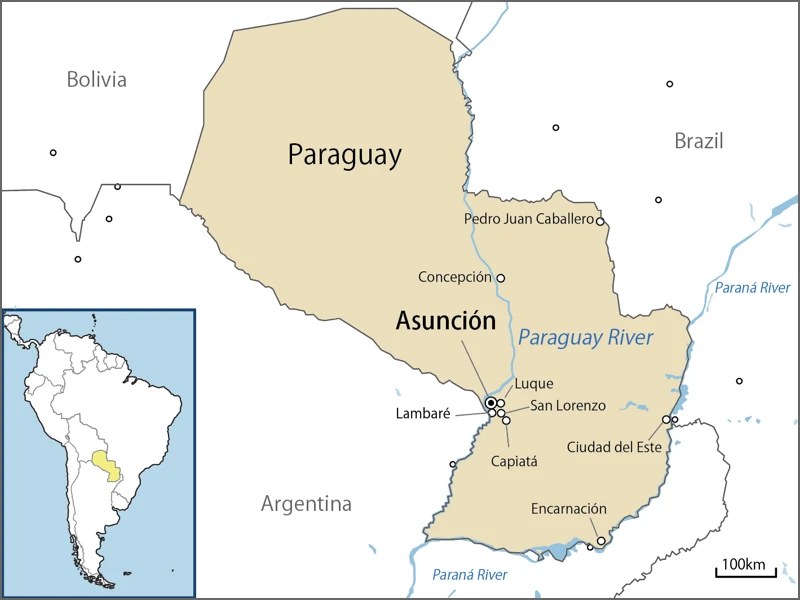
Meanwhile, Spanish explorer Juan de Salazar, traveling upriver along the Río de la Plata, established a base on the eastern bank of the Paraguay River in 1537. This fort was named Asunción.
In 1541, Spaniards who had abandoned Buenos Aires due to conflicts with the indigenous population relocated there, making Asunción the regional center.
Spain established the Viceroyalty of Peru in 1543 to govern its colonies.
When Buenos Aires was reestablished in 1580, it prospered through the flow of silver, diminishing Asunción’s influence as a city.
The viceroyalty was subsequently divided several times. Asunción became part of the Viceroyalty of the Río de la Plata established in 1776, though Buenos Aires remained its center.
In 1810, upon hearing of Napoleon’s invasion of Spain, the citizens of Buenos Aires resolved to declare independence from Spain. They formed a Council of Independence and summoned representatives from across the viceroyalty, but Paraguay refused to send delegates.
In response, Buenos Aires sent armed forces in January 1811 to try to subjugate Paraguay by force, but they were defeated and fled in March.
Paraguay’s inhabitants, questioning not only Buenos Aires but the Spanish colonial system itself, gathered at a private home in Asunción on May 14, 1811. There, José Gaspar Rodríguez de Francia and others held a meeting concerning independence. The following day, they issued a declaration of independence. That house is now open to the public as the “House of Independence” museum.
Political turmoil persisted for some time after independence. In 1813, Francia and Justo Jegro became provisional executives. In 1816, Francia became executive for life, ruling autocratically until his death in 1840, implementing policies such as seclusion and the collectivization of land.
Political turmoil erupted again after Francia’s death, but Carlos Antonio López assumed the presidency in 1844 and restored stability.
Carlos López ended the isolationist policy and began modernization by hiring over 200 foreign experts.
Among them was Alessandro Ravizza, an Italian from Milan. He arrived in Paraguay in 1854 and became involved in building design.
Examples of buildings he designed include the following:
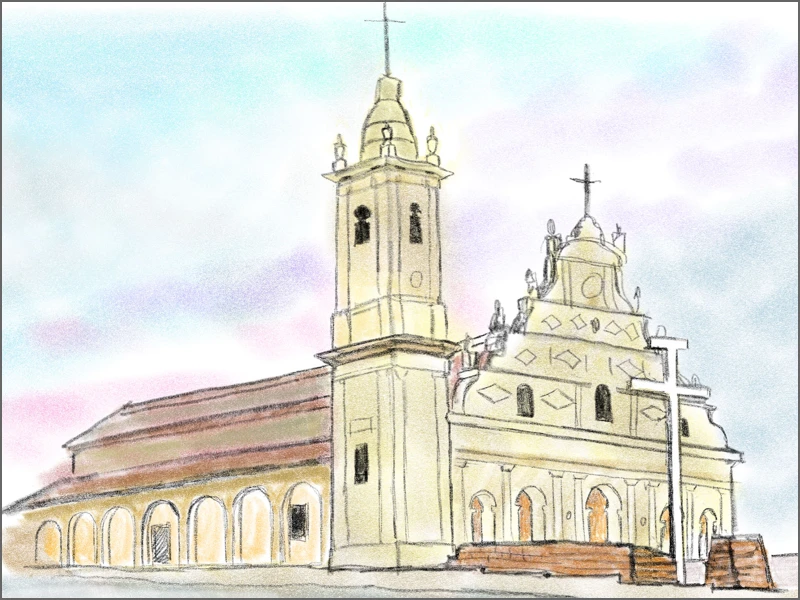
* Holy Trinity Church. Construction began in 1854. The dedication ceremony was held in 1856, though work continued until 1864.
* Cabildo (City Council). It is presumed to have overseen the expansion work carried out in 1857.
* Old Customs House. Completed in 1861. Now known as Recova on Colón Street.
* Former Venancio López Residence. Completed in 1863. Currently used as the Palace Hotel.
* National Pantheon. Originally designed as a church and construction began in 1863, but it was interrupted due to the War of the Triple Alliance and was not completed until 1936.
* Government Palace. Completed in 1867.
While other South American capitals like Buenos Aires, Santiago, and Montevideo show significant French architectural influence, Asunción developed as a city shaped by Italian architecture due to Ravizza’s activities.
Although I haven’t researched it in detail yet, I plan to create pop-up cards from the examples listed above.
[Reference]
"50 chapters to understand Paraguay" (Edited by Tajima Hisatoshi and Takeda Kazuhisa / Akashi Shoten / 2011) * written in Japanese
"Arquitectura y Patrimonio en el “Circuito Ravizza”|Arquitectura ha Patrimonio 'Circuito Ravizza’ pe" (Paraguay Government Website / 2011-09-23)
"Alejandro Ravizza y los inicios de la arquitectura paraguaya" (Written by Luca Meza / from LEVEL)
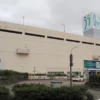
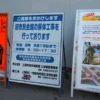
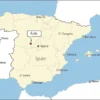
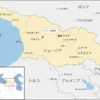
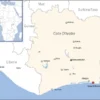
Discussion
New Comments
No comments yet. Be the first one!